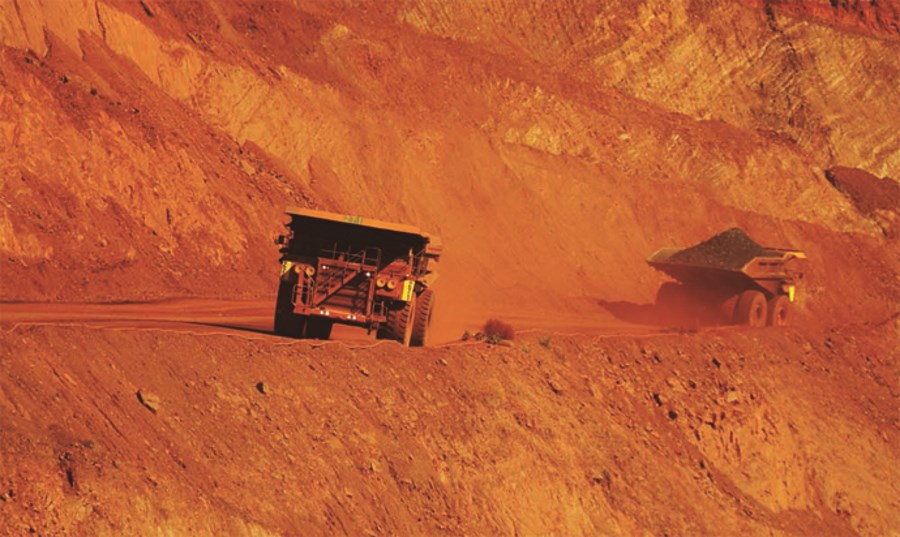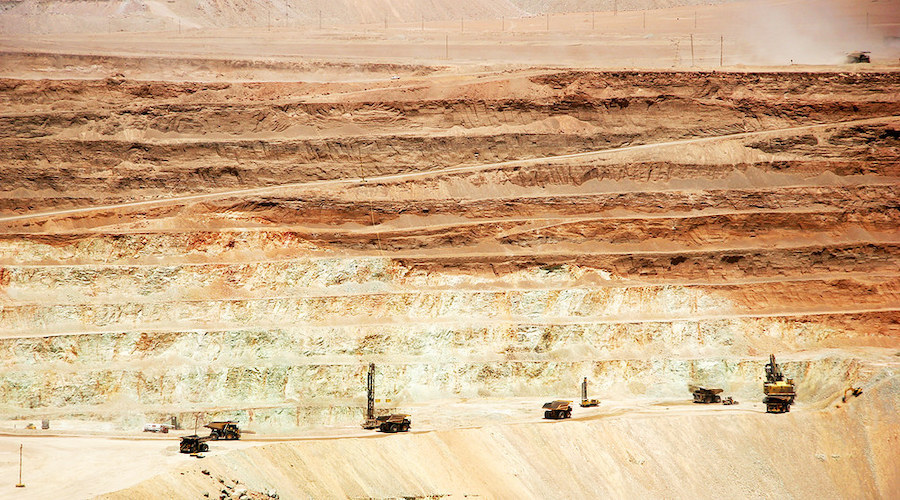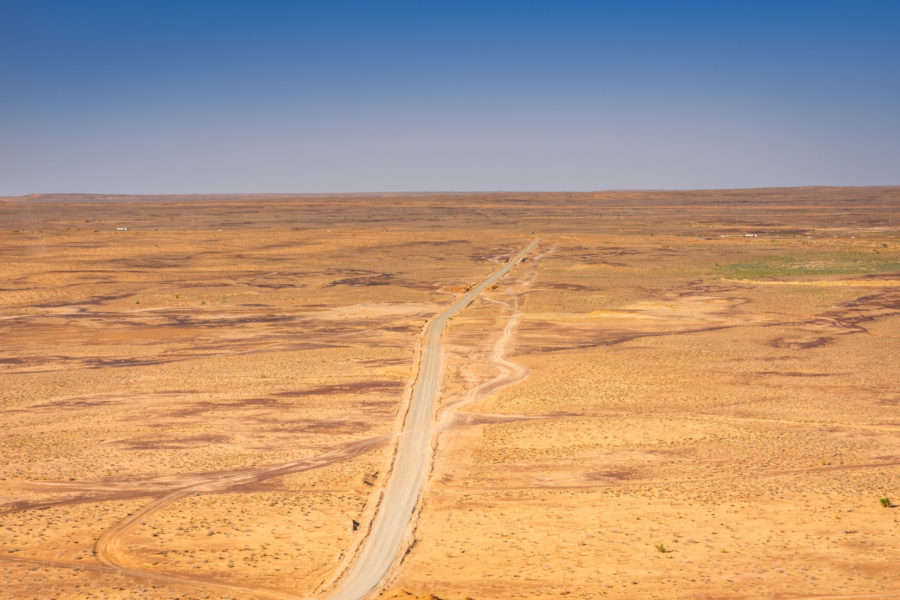BHP first-half profits beat estimates and triggers talk of M&A

BHP Group announced a record dividend payout after reporting an estimate-beating first-half profits on Tuesday, helped by higher commodity prices, despite a cutback in demand from top metals consumer China.
The miner has had a busy six months marked by sweeping changes, including selling its $13-billion petroleum business and a listing unification, while managing pandemic-related disruptions to its business.
Iron ore prices, however, have halved from last year’s record levels as China’s push to curb emissions and easing construction activity in the country’s debt-laden property sector curtailed demand.
Commodity price volatility will continue for some time, including for iron ore, but the broad outlook for commodity demand and pricing remains strong, Chief Executive Mike Henry told reporters on a media call after the results were released.
“The key driver is demand-led inflation … we see that as more enduring,” Henry said.
The company said the headwinds that buffeted China will diminish as the 2022 calendar proceeds.
“We probably undercalled the degree to which the constraints would come down on steel making in China and some of the policies that were put in place that would dampen demand, but we are starting to see some of those policies relax,” Henry said.
The company’s underlying profit attributable from continuing operations was $9.72 billion for the six months ending Dec. 31, compared with $6.20 billion a year earlier. Analysts had expected a profit of $8.96 billion, according to research firm Vuma Financial.
The near 57% jump in profit, however, trailed a whopping 185% gain in the June-half when iron ore prices hit a record high.
The company said it will pay a record interim dividend of $1.50 per share or $7.6 billion, equivalent to a 78% payout ratio.
BHP shares rose 2.7% by 2327 GMT, outperforming the broader market, which weakened 0.3%.
“The market should be pleased by the ongoing high dividend payout ratio, cost performance and reduced net debt target,” Citibank analyst Paul McTaggart said in a note.
BHP said labour costs had risen due to shortages induced by covid-19 restrictions and headwinds from bottlenecks in its supply chain will continue through 2022.
A shortage of skilled workers has hit Australian miners for months. BHP last month warned of an impact from a delay in Western Australia state reopening its borders and cut its output forecast.
Considering M&A
The company said it had lowered its net debt target to $5 billion-$15 billion from $12 billion-$17 billion, which would allow it to facilitate shareholder returns and fund future deals.
BHP’s net debt was $6.1 billion as of Dec. 31.
BHP last month won shareholder support to unify its public holdings in a single Australia listing, a move which analysts say sets up the miner to seek growth opportunities through acquisitions.
Jefferies said if BHP wants to go big with M&A, it should move soon.
“We believe that the longer it waits, the higher the price it will need to pay. The potential targets have likely
been identified by the company. The talk of M&A is not just idle chatter,” it said in a note.
BHP CEO Henry said the company is more commercial and agile, and has always been open to M&A opportunities.
“We have been clear M&A is a lever available to us, one amongst a number, but we are only wanting to the pursue right opportunities at the right time and at the right price,” Henry said.
Anything the company does, be it internal growth or M&A, has to stack up under its capital allocation framework, he added.
(By Praveen Menon; Editing by Stephen Coates)
More News
Copper output from Codelco slips 6% in February
April 10, 2025 | 01:16 pm
Uzbekistan, US companies ink minerals deals
April 10, 2025 | 12:22 pm
{{ commodity.name }}
{{ post.title }}
{{ post.date }}




Comments